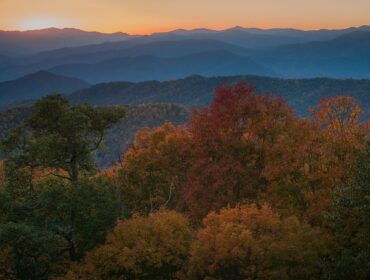While a biosphere reserve focuses on protecting the entire biosphere (including the plants and the animals), a wildlife sanctuary focuses specifically on protecting animals. Biospheres are internationally recognized under UNESCO’s Man and Biosphere (MAB) program. The goal of the MAB program is to promote cooperation, research, and training in the area of conservation. The MAB program also aims to ration natural resources so that they can continue to be used in the future.
A biosphere reserve must have core areas that are well protected and have natural value to be conserved. There are also areas called buffer zones around the core areas that are profitable for research and education. Transition zones are on the outside of the reserve. Unlike the inner zones, these zones are areas with human activity.
The communities in the transition zones, which may be made up of scientists, economists, farmers, fishers, and many others, work together to enhance natural resources. Limited sand and stone mining is permitted in the reserve. The reserve typically has endangered species and extensive diversity, but they are not mandatory.
Related article: The Difference Between National Monuments and National Parks

In 1972, the Wildlife (Protection) Act was established. Although some wildlife sanctuaries had already been established, this act sparked the development of even more. The amount of human activity allowed in the sanctuaries is limited. The primary purpose is to protect wildlife, and each wildlife sanctuary has a specific purpose.
Some sanctuaries may focus on protecting endangered species, while others may focus on rescuing animals that have been abused or can no longer be sufficiently cared for. Unlike biosphere reserves, which focus on preserving the land for later use, true wildlife sanctuaries do not make a profit from their animals. This means that they do not sell their animals or use them for sport.
Although there are possibly over 1,000 wildlife sanctuaries that do not adequately care for their animals (by either exploiting them or not providing for their environmental or nutritional needs), there are many wildlife sanctuaries that seek to create a safe haven for the animals and give them an environment as close to their natural habitat as possible.
Related article: The Human Role in the Destruction of Wildlife Habitat
Featured Image from Kiran Kumar/Unsplash




